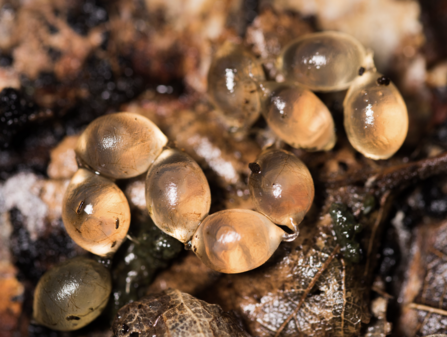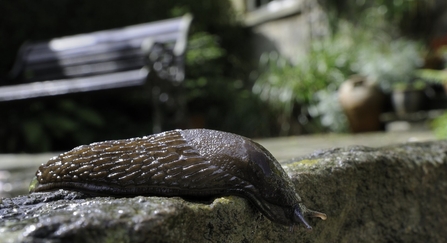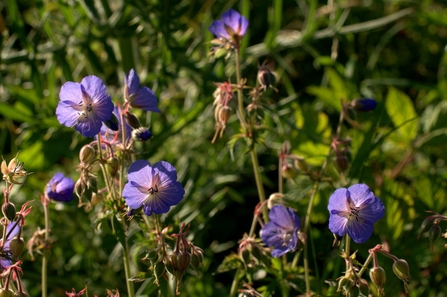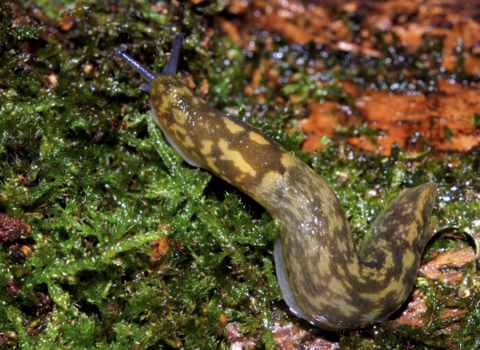Why get to know slugs?
I’ve been studying snails and especially slugs since my school days, and one of their great virtues is their diversity in towns and cities: they’re one of the few groups of wildlife where you can see a bigger variety in a garden than in the countryside. I’ve known gardens with over half the British species – imagine a garden with over 100 breeding bird species.





